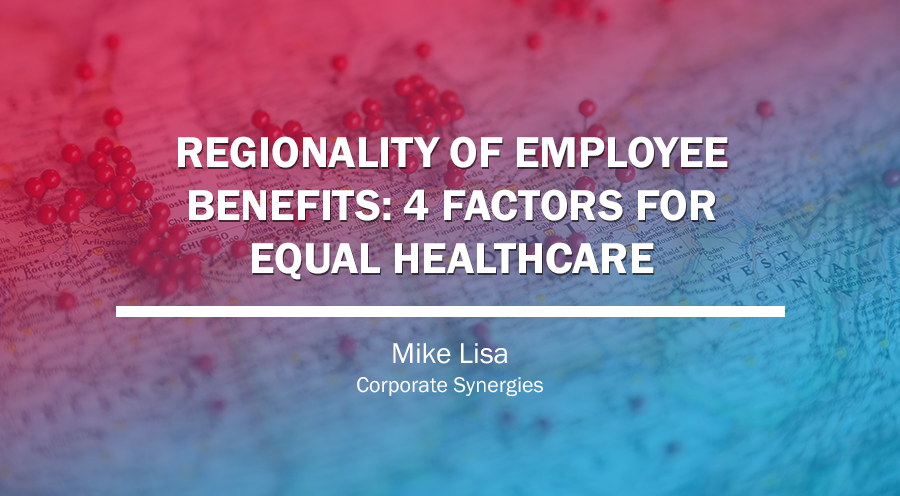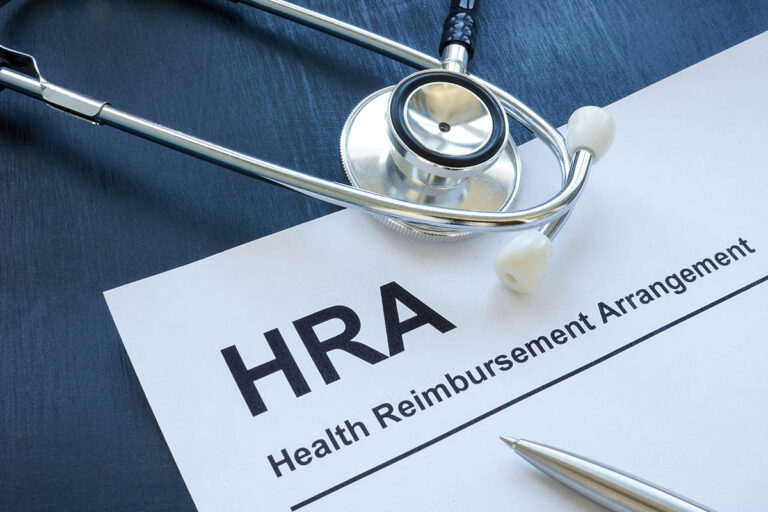You’ve heard the old real estate adage: property values are all about location, location, location. Likewise, the regionality of employee benefits comes into play when it comes to healthcare access and value.
What works for an employer and its plan participants in New Jersey may not work in Mississippi. Although large, familiar carriers, such as Blue Cross Blue Shield, UnitedHealthcare, Cigna and Aetna have a presence in most areas across the country, the networks these large carriers have built may not adequately service a workforce in smaller cities or rural regions. For example, employees who live in Manhattan have many choices of in-network oncologists, while employees who live in a small community in Nebraska may be limited to just a few cancer specialists in a nearby city.
The increase in mobile workforces means fully insured employers need to pay attention to where their employees live and work, from location to location.
The regionality of employee benefits process ensures all workers have equivalent healthcare access despite location.
Here are four ways to ensure your employees are getting the best benefits no matter where they work and live.
1. Analyze your network.
Before signing a contract with a large insurer, analyze the carrier networks in each location in which your employees live. Your network should include enough hospitals, physicians and specialists in each zip code where your employees reside. Your carrier and employee benefits broker can help you determine if there are enough providers for your workforce and confirm the quality of the network and individual providers.
If the network isn’t adequate, you may have to turn to a smaller, regional carrier with a larger network in a specific area. You may have to work with both carriers to ensure all employee benefit plans are generally equivalent from location to location.
2. Get to know state-mandated policies.
Each state has mandates that dictate coverages, benefits and time periods for certain health conditions. By one count there are more than 1,900 statutes across the 50 states.1 The state your benefit plan is underwritten in will determine which mandates apply. For example, if your benefits plan is underwritten in New York, all New York laws will apply to your employees regardless of where they live.
For example, one state may require diabetes test strips are supplied 90 days at a time, while another mandates 30-day supplies. The regionality of employee benefits comes into play here: if you underwrite your plan in a state that offers 90-day supplies, it applies to everyone covered, regardless of where they live.
The same goes for drug formularies, mental health coverage, prescription limits and in vitro fertilization coverage, and others.2,3
The nuances in laws from state to state warrant additional employee education and communications. HR managers should know which laws apply and ensure employees understand what is and is not covered to avoid confusion at the doctor’s office or the pharmacy. It’s worth your while, and that of your workforce, to build communications campaigns into your ongoing employee education plan.
3. Underwrite where you get the best rate.
Next, a bit of a no-brainer. Make sure your plan is underwritten in the state with the best rates. A large carrier network may extend from the Northeast to the deep South; rates may vary from New York to Tennessee. Compare the rates to make sure you’re paying the lowest rate for your employees’ healthcare coverage.
4. Educate your workforce on decision tools.
After you’ve worked with a carrier to set your network, don’t overlook educating employees on how to access the best care. Most carriers offer web and mobile app tools to help employees find the best provider or hospital location for their healthcare needs—whether it’s a specialist, an MRI location or a hospital to perform a knee replacement. These tools often include a “report card” with service listings, outcomes, complications and even the price. Regardless of whether your employees are in a rural or urban environment, the best provider isn’t always the closest or the most expensive. Comparing provider report cards can help your employees get the best in-network care.
Here’s the bottom line on the regionality of employee benefits: all health and welfare benefit plans are not created equal. Bear this in mind if your company is growing and you’re hiring employees in different locations.
All employees deserve the equivalent value in their benefits program, regardless of location. Creating the same experience across your workforce will help elevate your organization to an employer of choice.
1National Conference of State Legislatures, “State Insurance Mandates and the ACA Essential Benefits Provisions”
2Ibid.
3National Conference of State Legislatures, “State Laws Related to Insurance Coverage for Infertility Treatment”





